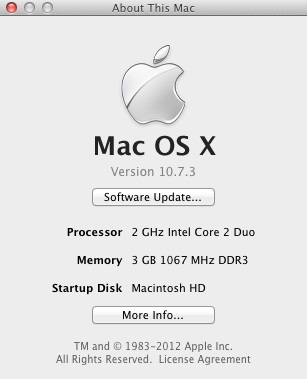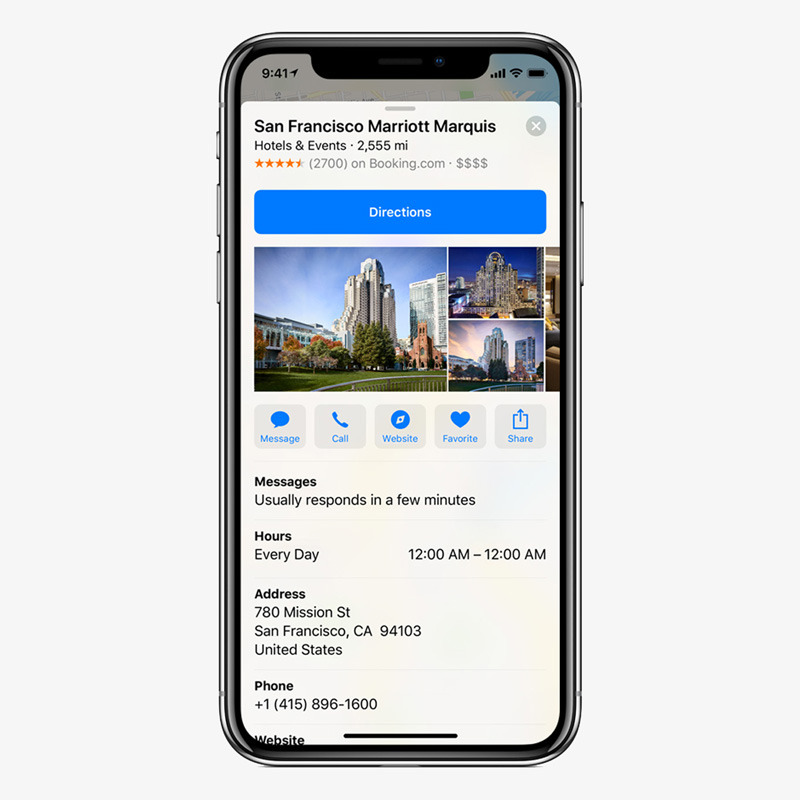

Likewise, interpretation of particular fault types requires information regarding the underlying machine traps that triggered the Mach exceptions.

IOS SDK FOR MAC MAC OS X
On iOS, these sources are unavailable, and while they generally do match the Mac OS X implementation, there are no gaurantees that this is – or will remain – the case in the future. Of the remaining three failure types, the constant values are kernel implementation-private, defined only in the available kernel sources. Of those four types, only the constant required to interpret the SIGKILL behavior (EXC_SOFT_SIGNAL) is publicly defined. Write on a pipe with no reader (SIGPIPE).Non-existent system call invoked (SIGSYS).
IOS SDK FOR MAC CODE
It is worth noting that even where the Mach exception APIs are fully supported, kernel-internal constants, as well as architecture-specific trap information, may be required to fully interpret a Mach exception's root cause.įor example, the EXC_SOFTWARE exception is dispatched for four different failure types, using the exception code to differentiate failure types:

On iOS, the APIs required are not fully public – more details on the implications of this for exception handling on iOS may be found in Mach Exceptions on iOS below. On Mac OS X, the Mach exception implementation is fully supported using entirely public API. On Mac OS X, this will only be handled once we've implemented fully out-of-process crash excution. Unfortunately, the latter issue (_assert) can not be handled on iOS trapping abort requires that a Mach exception handler operate out-of-process, which is impossible on iOS. The _abort() implementation actually disables the SIGABRT signal handler (resetting it to SIG_DFL) prior to to issueing a SIGABRT, bypassing signal-based crash reporters entirely. These include compiler-checked constraints for built-in functions, such as strcpy_chk(). Internal Apple assertions that call libSystem's _assert.sigaltstack() is broken in later iOS releases, and even if functional, must be configured on a per-thread basis. There are a small number of crash cases that will not be caught with via a POSIX signal handler, but can be caught via a Mach exception handler: Apple’s iPhone Human Interface Guidelines is a helpful read too when working on an interface for your app.PLCrashReporter includes support for monitoring crashes via an in-process Mach exception handler. Beginning iPhone 3 Development: Exploring the iPhone SDK is a popular choice on Amazon and is a good starting point.Īnother good resource is the iPhone OS reference library on, there’s plenty of code samples and other helpful information.

If you’re new to iPhone and iPad development, picking up a good book on the topic is a pretty good idea. * After the installation is complete, you will have a new directory located at the root of your Mac called ‘Developer’, inside this directory will be developer apps, tools, resources, the iPhone simulator, and more.
IOS SDK FOR MAC INSTALL
Remember that a sizable amount of disk space will be used to install Xcode and iPhone SDK. * Once the file is finished downloading, launch the installer and follow the onscreen installation instructions.
IOS SDK FOR MAC DOWNLOAD
* Once you are logged into the iPhone Development Center, look for the ‘Downloads’ link for iPhone SDK, it is usually bundled with Xcode and will be labeled something like “Xcode 3.2.2 and iPhone SDK 3.2”, the combined download size of the iPhone SDK and Xcode is about 2.3 GB, and takes about 6.5GB of hard drive space to install. * Enter your Apple login ID information and login


 0 kommentar(er)
0 kommentar(er)
